A Book Exploring the Beauty of Japanese Gardens
Horticulturalist Sophie Walker, who also holds a degree in art history, pays homage to these gardens and their history in 'The Japanese Garden'.
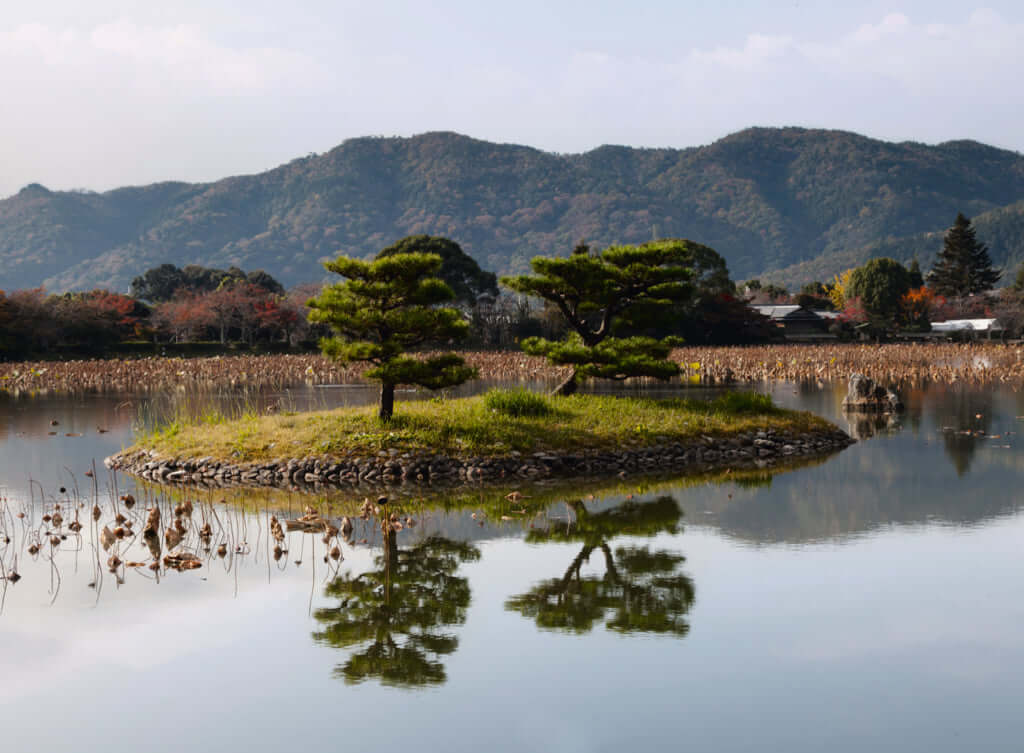
Daikaku-ji, Kyoto, 814, Heian Period. Picture credit: Travellinglight/Alamy Stock Photo (page 83)
Far from the clean, ruler-straight paths found in French gardens and a million miles away from the more imposing quality to English gardens, Japanese gardens are designed to be spaces for freedom, where nature is studied and guided to then reproduce its wild beauty in miniature, and where symbolic ‘zen’ elements are added in different places.
This book by Sophie Walker, keen horticulturalist and art history graduate, offers no practical tips and she does not claim to be a master of gardening: it explores Japan through its most beautiful gardens without giving their address. The book starts from one hundred concrete examples and beautiful images to then reveal, through rich and precise explanations, another dimension of the Japanese garden: that, born in the 13th century, of a space dedicated less to aestheticism and strolling around than to reflection, philosophy and spirituality.
The Japanese Garden (2017) by Sophie Walker, published by Phaidon

Kennin-ji, Rinzai Zen Buddhism, Kyoto, 1202, Kamakura Period. Picture credit: Photograph © Sophie Walker (pages 170-171)
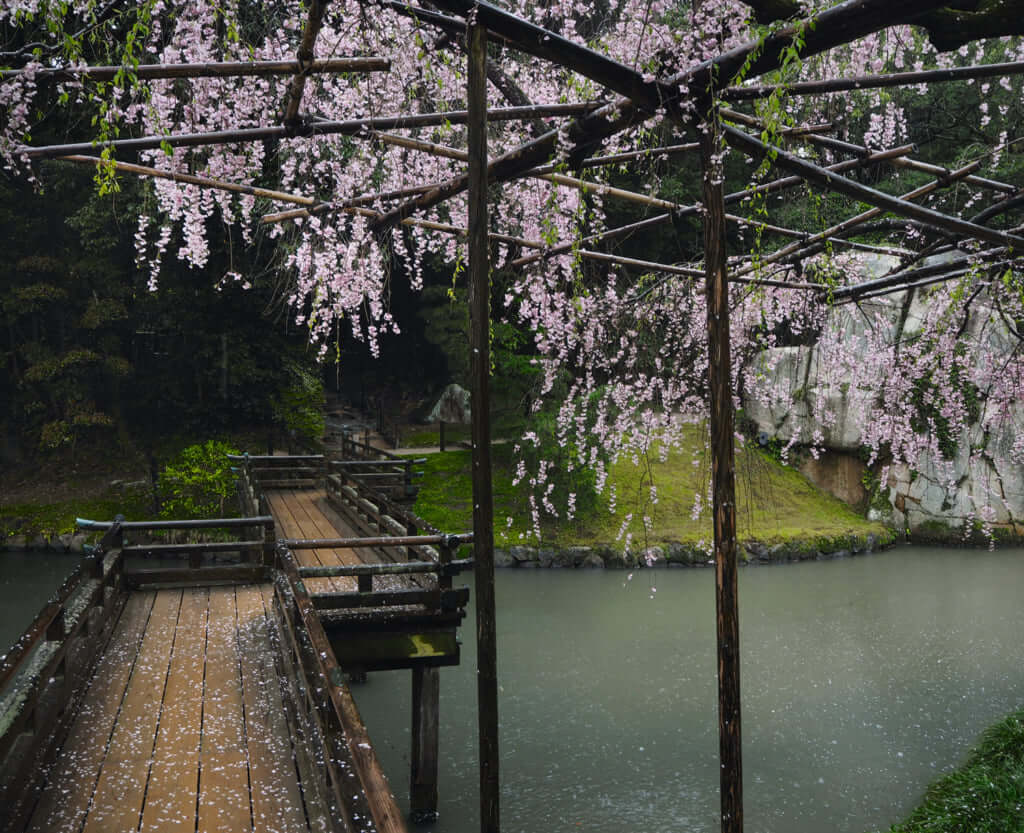
Cherry blossom above a wooden bridge at Kōraku-en, Okayama. Picture credit: Photograph © Sophie Walker (page 202)
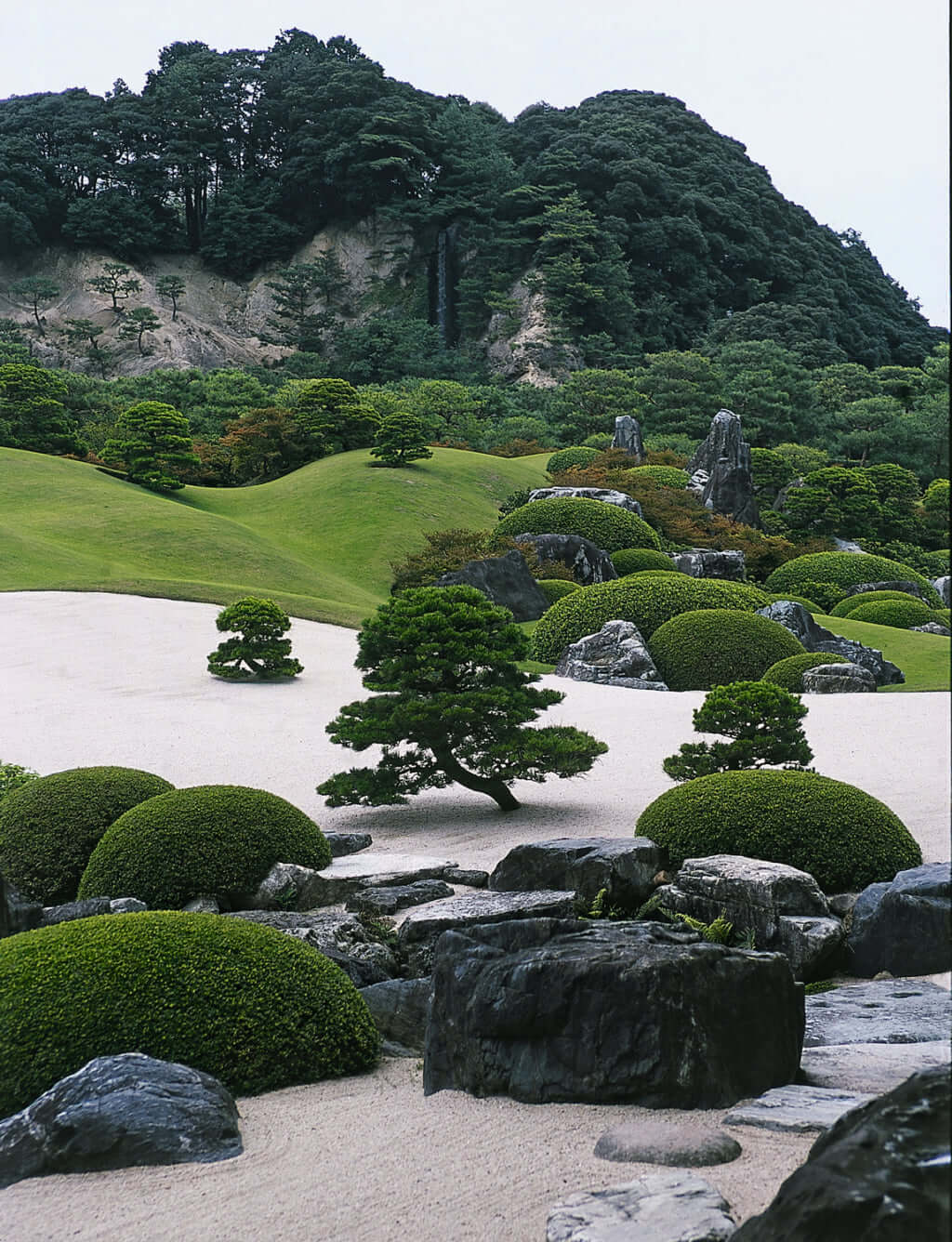
Adachi Museum Garden, Yasugi, 1970, Shōwa Period, Zenkō Adachi. Picture credit: © Malcolm Raggett (page 133)
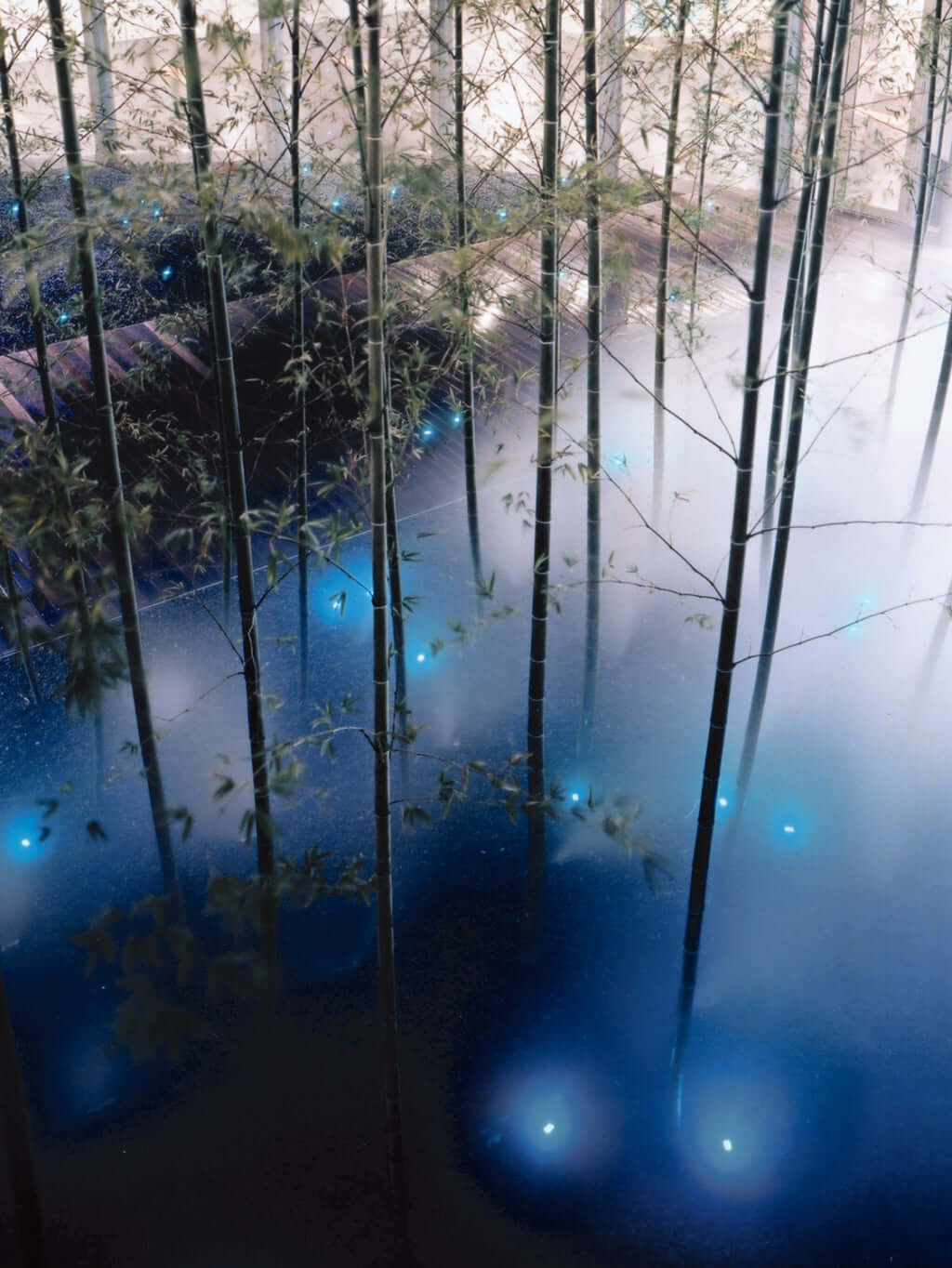
Time Garden, Izumi City Plaza, Osaka, 2002, Heisei Period, Tatsuo Miyajima. Picture credit: © SS Osaka. Courtesy Tatsuo Miyajima (page 221)
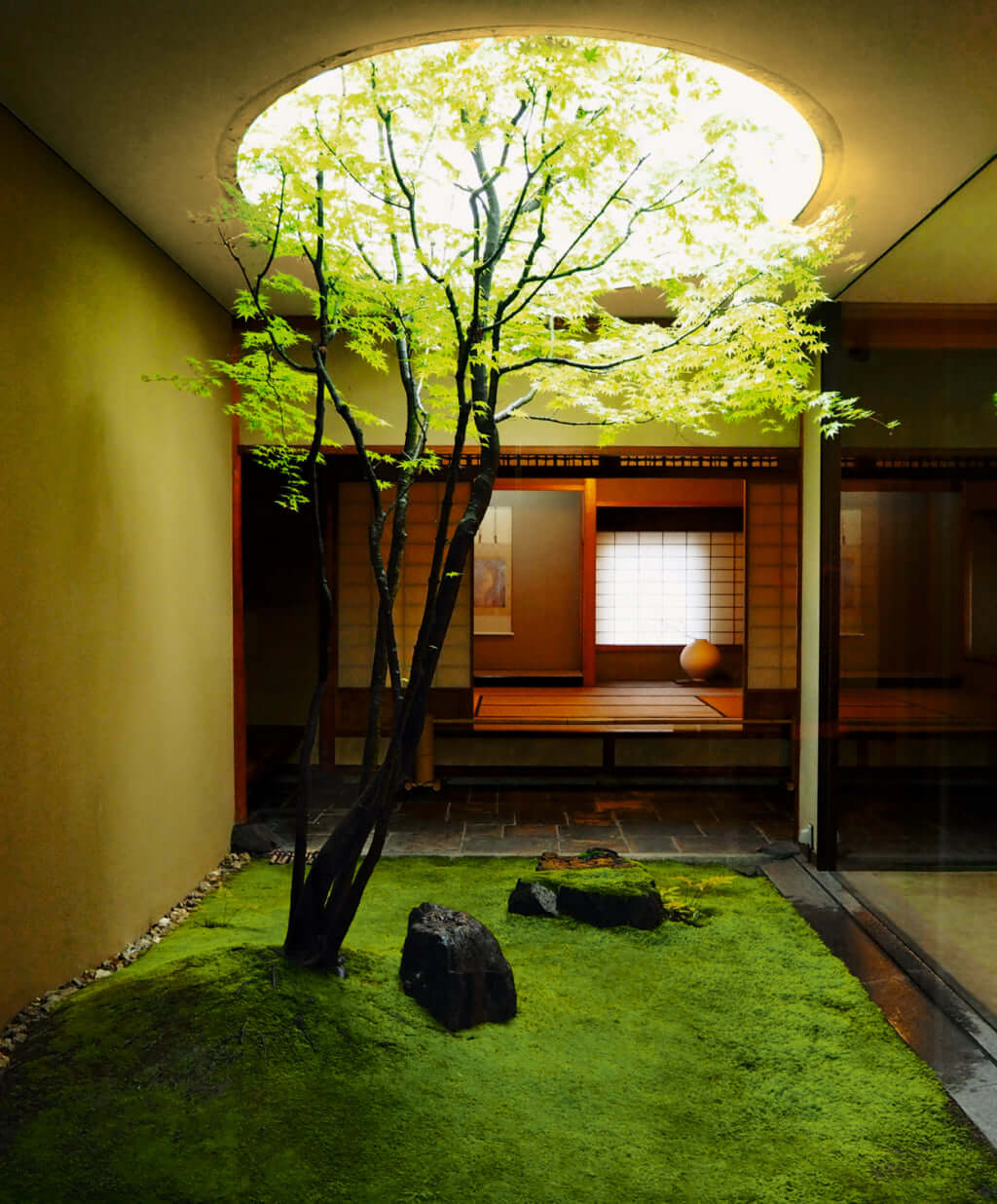
Kahitsukan Kyoto Museum of Contemporary Art, Kyoto, 1981, Kajikawa Yoshitomo with Akenuki Atsushi. Picture credit: Photograph © Sophie Walker (page 235)
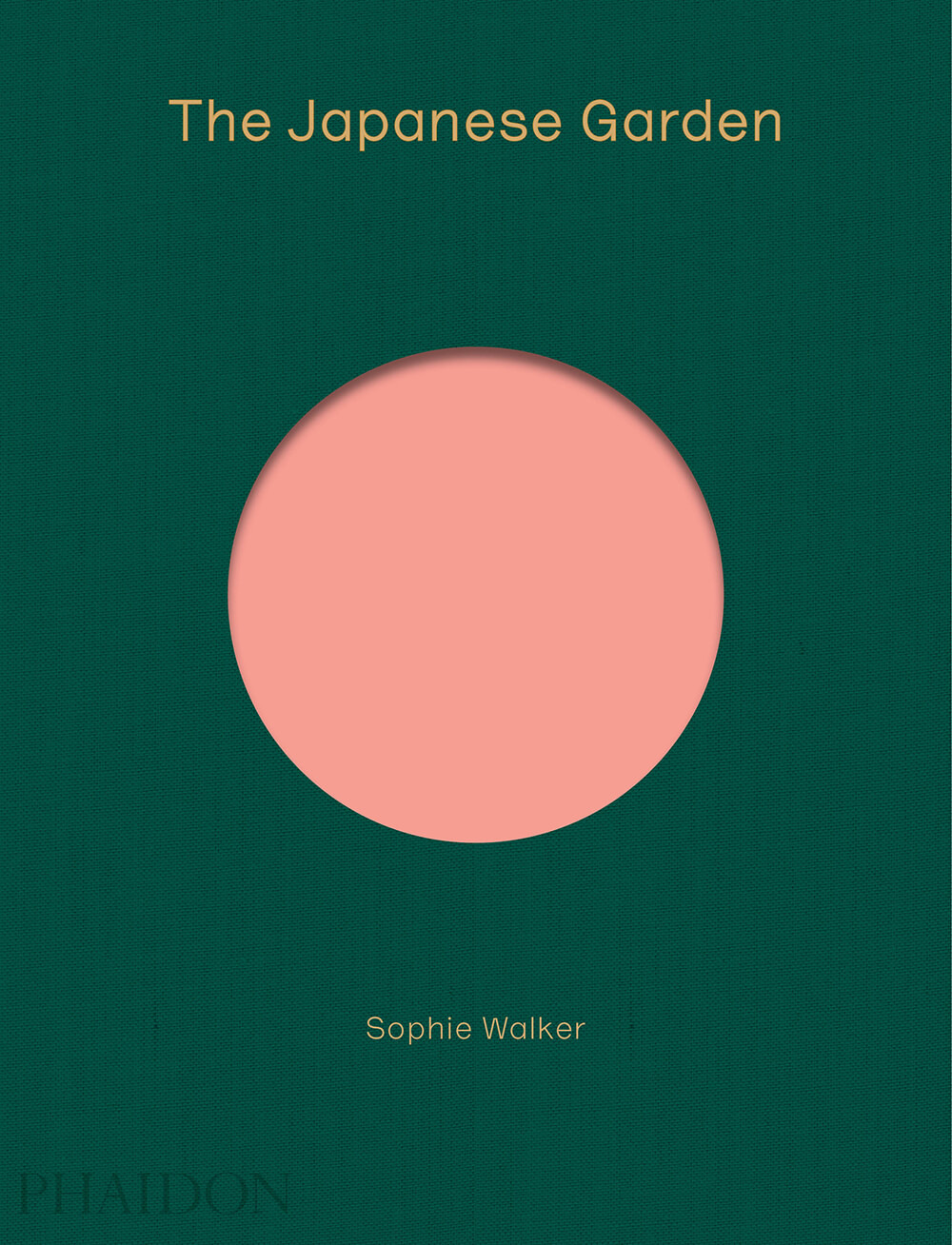
The Japanese Garden, Sophie Walker, Phaidon
TRENDING
-
A House from the Taisho Era Reveals Its Secrets
While visiting an abandoned building, Hamish Campbell discovered photographs the owner had taken of the place in the 1920s.

-
The Taboo-Breaking Erotica of Toshio Saeki
The master of the 1970s Japanese avant-garde reimagined his most iconic artworks for a limited box set with silkscreen artist Fumie Taniyama.

-
With Meisa Fujishiro, Tokyo's Nudes Stand Tall
In the series 'Sketches of Tokyo', the photographer revisits the genre by bringing it face to face with the capital's architecture.

-
Masahisa Fukase's Family Portraits
In his series ‘Family’, the photographer compiles surprising photos in which he questions death, the inescapable.

-
Hajime Sorayama's Futuristic Eroticism
The illustrator is the pioneer for a form of hyperrealism that combines sensuality and technology and depicts sexualised robots.





